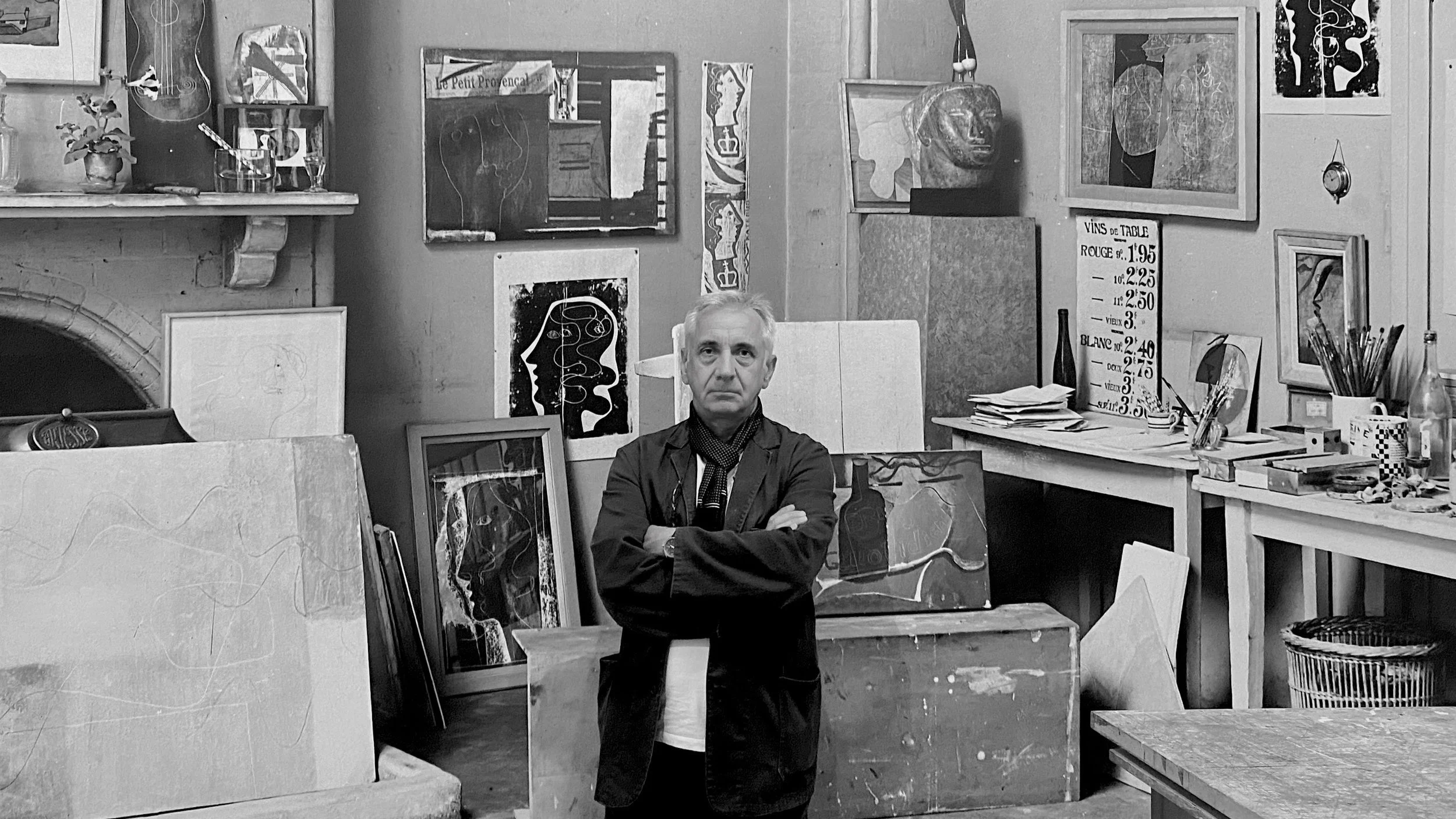Shortly after I was born, my Mum had copied some Disney characters and stuck paintings of them on the wall next to my cot. During the night, (God knows from where) I had found a wax crayon and decided to ‘join in’ and make my mark by scribbling all over the characters - but not on the wall.
At school, Art lessons were a doddle, as I’d always been able to draw. I use the word ‘lessons’ loosely, as usually, we were left to our own devices, tasked with drawing something from the nature table. Not very inspiring, but at least it wasn’t Maths.
When my family moved to County Durham, I was 16 with few qualifications and no idea what to do. I didn’t want to go back to school; my parents wanted me to stay in education. The compromise was a course in graphic design at a local Tech College.
I loved Design but soon realised I’d need a degree course to succeed further. So, in 1977, I enrolled at Liverpool Art School to take a BA in Graphic Design.
I loved my time at Liverpool, but often wondered if I was on the right Course. I was drawn more to sculpture and painting than Design. Still, back then, fine artists rarely found employment, so I chose to focus on advertising instead, imagining it as a glamorous career.
It was, as I found out in 1980, when I joined J. Walter Thompson, one of London’s biggest Ad agencies at the time. I have created campaigns for famous brands, collaborating with the world’s finest filmmakers, Photographers, and illustrators. I was well paid and won awards. However, I still longed to express myself as a fine artist.
Eventually, I mustered the courage to pick up a brush and started making art. To improve, I took evening art classes at the Slade School of Art and hired a studio in Sussex, where I now live.
My style is diverse and constantly changing. The one thing that is consistent in my work is the use of line. It helps me express what Abram Games, the renowned poster artist, said: "maximum meaning with minimum means."

